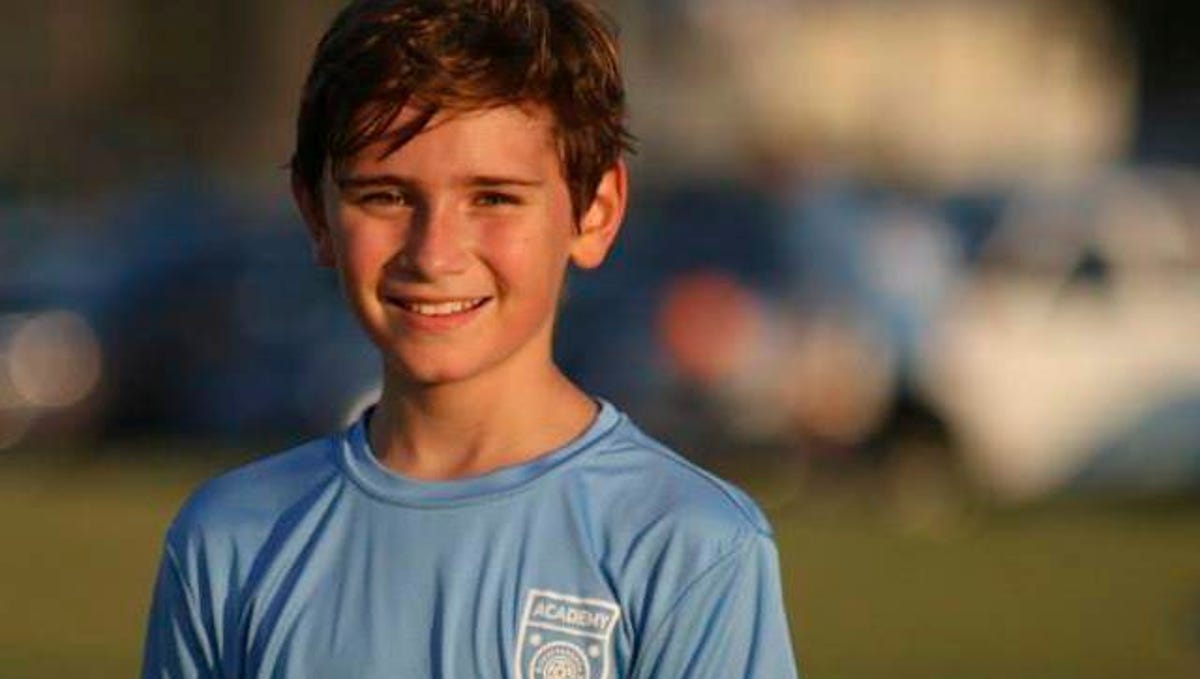Pacific Northwest yetti
Expedition Medic
Jgaz, the info you provided was good.


I know I am OT here, but ... the Escalante Route is such a fantastic hike.Sure. I was thinking about what could be done when near the river or other water. Ribbon Falls can be very cold, for example. I've bathed in the river while on the Escalante Route, but only at shallow beaches with well defined depths, and hard against the shore. Even then, I'll admit to being ready to leap out of the clutches of the Colorado. That book can have quite an impact.
In the concluding lessons of Chapter Four: The Killer Colorado, Myers & Ghiglieri make mention of hypothermia induced cardiac issues several times. Older folks that already have compromised fitness were the most susceptible, and alcohol consumption increases the risk. Even older, fit people can be more susceptible due to lower metabolism than youngsters. No surprises there.
Back to helping a heat casualty, pouring water seems better than an all-out immersion.


@Pacific Northwest yetti Thanks, there is no substitute for current, real world experience IMO.Also, ya'll can pick my brain, continue with questions anytime.
Its good information, and good for me to share my knowledge and experience, review things. We have a medical sub forum that does not get much love, i have been enjoying this one.
Thanks!@Pacific Northwest yetti Thanks, there is no substitute for current, real world experience IMO.
@GB_Willys_2014 Have a safe trip! I leave Monday for the south rim for my last four PSAR shifts of the season. Doing these with a friend from Kansas. Looking forward to “tag teaming” the trails.
